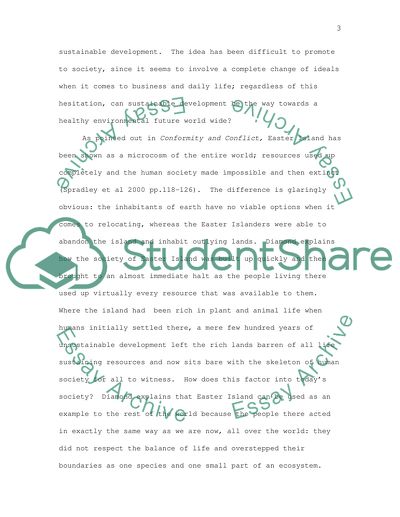Cite this document
(“Sustainable Development for a Stable Future Essay”, n.d.)
Sustainable Development for a Stable Future Essay. Retrieved from https://studentshare.org/science/1517307-sustainable-development-for-a-stable-future
Sustainable Development for a Stable Future Essay. Retrieved from https://studentshare.org/science/1517307-sustainable-development-for-a-stable-future
(Sustainable Development for a Stable Future Essay)
Sustainable Development for a Stable Future Essay. https://studentshare.org/science/1517307-sustainable-development-for-a-stable-future.
Sustainable Development for a Stable Future Essay. https://studentshare.org/science/1517307-sustainable-development-for-a-stable-future.
“Sustainable Development for a Stable Future Essay”, n.d. https://studentshare.org/science/1517307-sustainable-development-for-a-stable-future.


